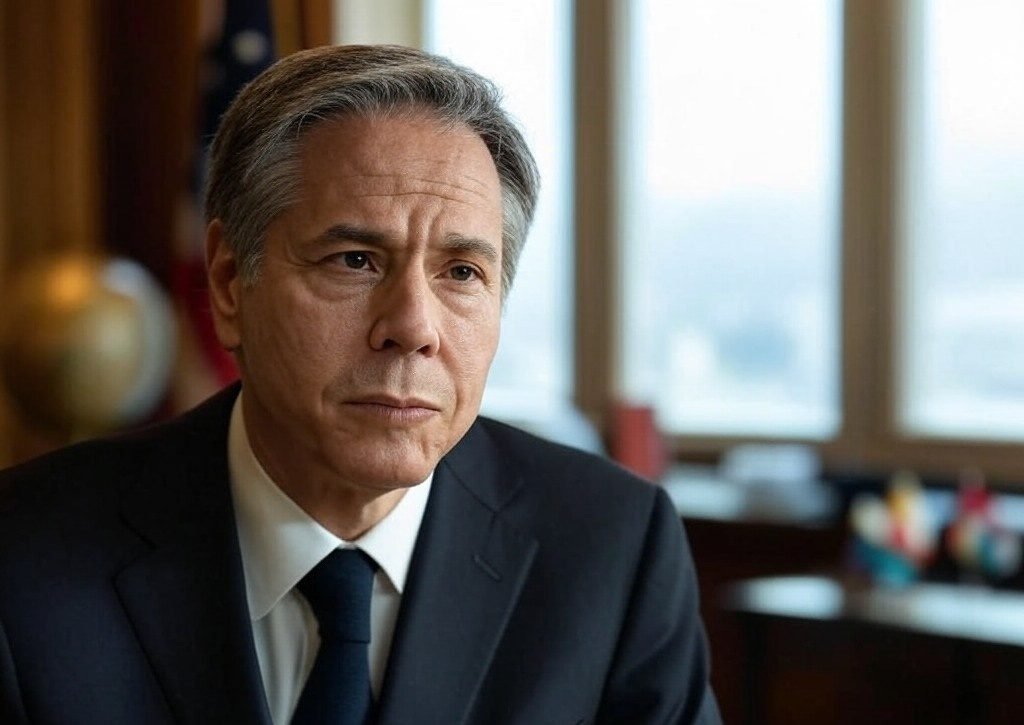Behind the Scenes of TikTok’s Temporary Shutdown and Return: Political Maneuvering and User Impact
In a dramatic turn of events, TikTok, the wildly popular social media platform, faced a brief shutdown in the United States, impacting millions of users. The app’s disappearance and subsequent restoration have highlighted not only the app’s immense popularity but also the complex interplay of politics and technology in the digital age. This article delves into the details surrounding TikTok’s shutdown, the political maneuvering that facilitated its return, and what this means for its users and the broader social media landscape.
The Shutdown: A Sudden Disruption for Millions
On a Saturday night, TikTok users across the United States were met with an unexpected message as the app became unusable. Users attempting to open the app were greeted with a notification that read: “A law banning TikTok has been enacted in the U.S. Unfortunately, that means you can’t use TikTok for now.” The app was not only inaccessible for users but also removed from the Apple and Google Play stores, alongside other TikTok-owned platforms such as Lemon8 and CapCut.
This abrupt shutdown was the culmination of ongoing national security concerns surrounding TikTok’s parent company, ByteDance, based in China. The U.S. government had long expressed apprehensions about data privacy and the potential for the Chinese government to access American users’ data. In April 2023, a law was signed, giving ByteDance 270 days to divest TikTok to an American entity or face a ban.
The Political Landscape: Trump’s Role in TikTok’s Restoration
As the app’s shutdown rattled its 170 million American users, President-elect Donald Trump stepped in with a plan to save the platform. Just hours after the app became unusable, Trump announced his intentions to issue an executive order to delay the enforcement of the ban. In a revealing statement, TikTok acknowledged Trump’s efforts, expressing gratitude for the “necessary clarity and assurance” that would allow service providers to resume operations without fear of penalties.
“Thanks for your patience and support. As a result of President Trump’s efforts, TikTok is back in the U.S.!” the app notified its users as access began to restore. This message not only served as a relief for users but also positioned Trump as a key player in the app’s return, indicating a potential political victory in appealing to the younger demographic that heavily uses TikTok.
The Implications for TikTok Users
For the millions of users who rely on TikTok for entertainment, news, and even income, the app’s return was a welcome development. Many creators leverage the platform to express their creativity and connect with audiences, making it a significant part of their livelihoods. The brief blackout raised concerns about the future of the app, but its quick return underscored the platform’s resilience and its importance in the social media ecosystem.
However, the implications of a potential ban extend beyond mere access. The ongoing legal and political battles surrounding TikTok may lead to heightened scrutiny over data privacy and content regulation on social media platforms. Users may find themselves in a precarious position as lawmakers grapple with the balance between national security and digital freedom.
Challenges Ahead: The Complexity of TikTok’s Future
Despite the triumphant return of TikTok, the path forward remains fraught with challenges. Trump’s announcement of a potential 90-day extension to negotiate a sale of TikTok to a non-Chinese owner adds another layer of complexity to the situation. While this may provide temporary relief, the long-term future of TikTok hinges on navigating a labyrinthine legal landscape that involves negotiations, potential divestments, and bipartisan political pressures.
Some Republican senators, such as Tom Cotton and Pete Ricketts, have expressed resistance to any extension of the ban. They argue that TikTok must sever ties with China entirely to ensure the privacy and security of American users. Such statements reflect the broader unease surrounding foreign-owned technology companies and their implications for national security.
Public Opinion: A Divided Landscape
Public sentiment regarding TikTok is divided, particularly along generational lines. A 2023 Pew Research Center survey indicated that while approximately half of Americans support a ban on TikTok due to national security concerns, younger generations, who constitute a significant portion of the app’s user base, largely oppose such measures. This disconnect between lawmakers and younger users could have lasting implications for future legislative efforts aimed at regulating social media platforms.
As TikTok navigates these turbulent waters, its ability to maintain user trust and engagement will be critical. The company’s commitment to transparency and user privacy will play a pivotal role in shaping its future, especially as it works to build a more stable relationship with U.S. lawmakers and users alike.
Conclusion: The Road Ahead for TikTok
The recent events surrounding TikTok’s temporary shutdown and swift return underscore the complex relationship between technology, politics, and public sentiment in today’s digital age. As the app continues to grapple with national security concerns and user expectations, the coming months will be critical in determining its long-term viability in the U.S. market. For millions of users who rely on TikTok for connection and creativity, the hope is that this popular platform can navigate the challenges ahead and continue to thrive in an increasingly scrutinized environment.




